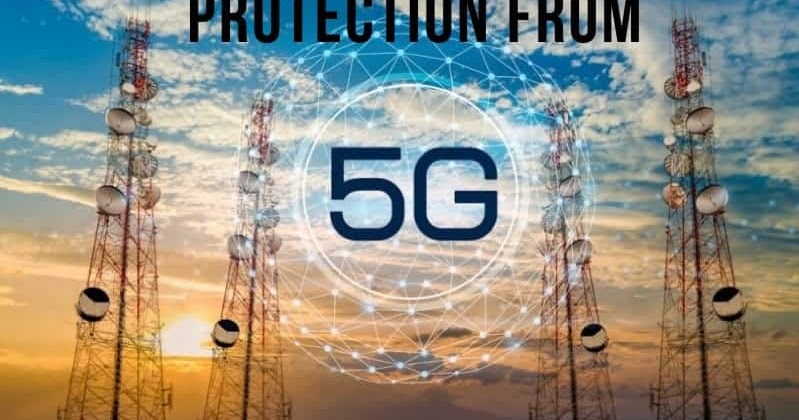This article discusses the topic of 5G radiation, which is a non-ionizing type of electromagnetic radiation. Because 5G radiation is small, it does not possess the capability of breaking the bonds between chemical molecules in biological tissue or cause any changes to cells. It isn't known if 5G radiation affects the risk of developing skin cancer, and no evidence has been found to suggest that it could cause any other diseases.
Radiation from high-frequency millimeter waves
High-frequency millimeter wave radiation from mobile phones and wireless networks may cause adverse health effects for humans. There are many ways this radiation could cause harm. In some instances, the radiation can cause damage to a person's DNA. In other instances, it may cause damage to other areas of the body, such as the brain.

Recent research has shown that 5G technology may cause thermal heating in tissues. In the aftermath, the International Council on Non-Ionizing Radiation Protection (ICNIRP) has called to review the current safety standards for biological and thermal radiation. The current standards for exposure are not adequate to protect individuals from excessive heating when exposed to millimeter wave pulses.
Skin cancer risk
There isn't a definitive answer yet to the question of whether the 5G radiation causes skin cancer. However, it is believed that 5G RF EMFs behave similar to high-LET ionizing radio waves. As a result, they can cause large amounts of free radicals that can be found in the skin. The FCC hasn't issued any specific guidelines regarding the potential dangers associated with 5G technology. Consequently, the debate on the subject continues.
While there are plenty of studies regarding the impact of radio waves that are higher frequency on the human body however, their research has been restricted in their scope. However, there is concern over the effects of millimeter-wavelength exposure on oxidative stress and gene expression. These effects may extend to the skin as well as other organs, like the brain.
Influence on other diseases
An innovative new technology in wireless, called 5G, is rapidly growing in popularity However, researchers are concerned about the possible health risks. The technology will significantly increase the amount of electromagnetic radiation found in our surroundings. This is a problem that has led to debates in a variety of nations, including Switzerland. In September 2017 390 scientists and doctors supported a motion for the suspension of 5G technology. This call was ignored by the European Commission, which is in charge of regulating the use of 5G technology.
Therefore there is a need for more research to study the health implications of 5G. In the meantime, studies have shown that 5G doesn't cause the same effects in humans as old mobile networks. It also does not spread a new type of coronavirus. Additionally, 5g radiation symptoms does not make people more vulnerable to viral infections.
The measurement of exposure
The measurement of exposure to radiation from 5G is an essential component of making sure that 5G networks are safe. There are two ways to determine exposure. One involves measuring RF power that is absorbed by human tissues. The other is measuring the amount of radiofrequency energy released by an object. Radiation frequency energy (RF) refers to an electromagnetic field of energy that comes through radio transmitters.
The United States, the FCC has imposed a restriction on the energy density of 5G mobile devices. These tests only test the power density of a distance of only a few inches. it is the FCC does not require measurements of every beam. However, how much power is generated by each beam can be determined by computer simulation. 5g radiation -case scenario is then selected based on the configuration of each beam.
Limitations of the study
There has been a lot of discussion about whether 5G radiation will affect the health of people. The Swiss Government, for instance, has produced a report which concludes that the technology has no negative health consequences in the short term however, there aren't any studies that show long-term negative effects. However, this report also has a variety of issues that include biased reports.
The strength and frequency of radio waves that transmit energy are determined by the frequency. The energy that is carried by a millimetre waves will be similar to the frequency of radio waves currently however they will be smaller in size and ideal for high-density settings, since they will not be blocked by glass or walls. Highly dense urban areas will require a large number of small, low-power sites, and suburban areas will benefit from 5G networks operating at lower frequency.
